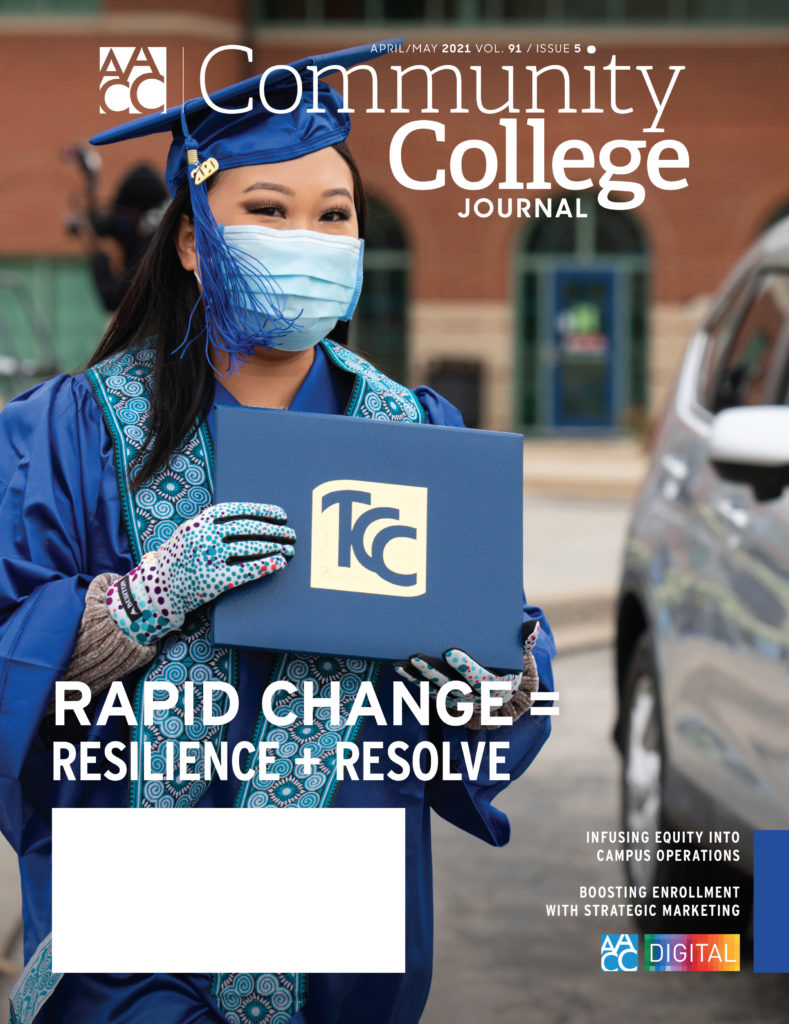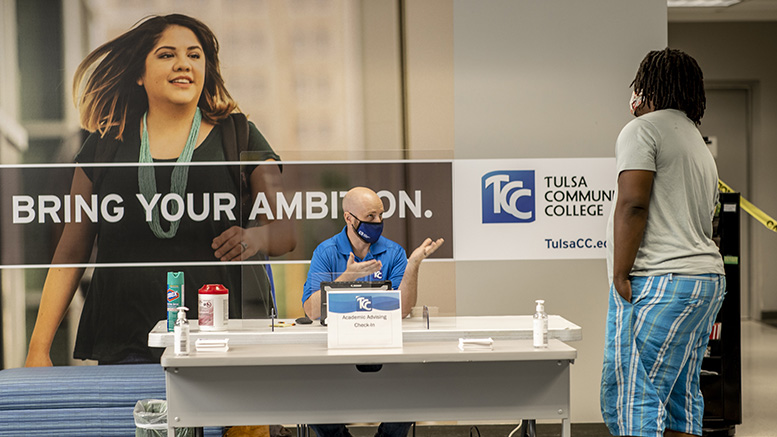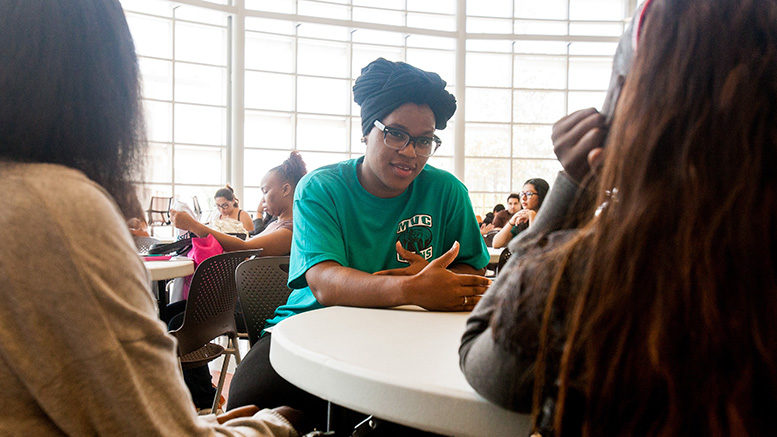In recent years and especially over the past 12 months, with the Covid-19 pandemic and the unrest after the death of George Floyd, community colleges have been making efforts to view and rethink their missions through an equity lens.
These efforts have included turning this prism toward institutional operations like student services, human resources, the business office, campus security and other units. In so doing, two-year colleges can determine what needs to happen to eliminate institutional barriers that handicap students and prevent them from achieving their full potential.
This article is an excerpt from the April/May issue of Community College Journal, which will arrive in AACC-member mailboxes in a few days.
Moreno Valley College (MVC), part of the Riverside Community College District in California, has completed a successful reorganization of its academic affairs and student services divisions based on a guided pathways framework. The college also is participating in the Equity Transfer Initiative, led by the American Association of Community Colleges (AACC), aimed at boosting transfer rates for Black, Hispanic, adult and first-generation workers.
A Hispanic-serving institution, MVC is succeeding in moving increasing numbers of students overall and among the Latinx population toward certificates and jobs, or a transfer to a four-year university, although some subgroups are lagging, says President Robin Steinback.
“We are going to do this work by closing the equity gaps presented in our student population,” she says. “We use data to inform our decision-making throughout the college.”

Carlos Lopez, vice president of academic affairs, says MVC’s culture is focused on equity and closing gaps, and a student voice in reviewing the college’s mission, vision and values in the past couple of years has been invaluable toward that end.
“The structure we landed on was primarily based on recommendations from the student team,” he says. The college has undertaken “a reorganization of disciplines to create more coherence, while connecting career pathways to disciplines within schools.”
The reorganizations have been centered on racial justice for Black and Latinx students as well as equity and inclusion for the LGBTQIA population, says Christopher Sweeten, vice president of student services. The college’s student engagement centers have provided the opportunity for success teams comprising faculty, advisers and peer mentors to better support students.
“Going through the process of reorganization has allowed us to concentrate and focus on that goal,” he says. “From the time they enter into the college to the time they exit, we’re making sure they’re career ready.”
MVC also has created pathways into the college via dual-enrollment programs with the two primary feeder school districts, which are also heavily Hispanic-serving with significant Black populations, Lopez says.
“We see strong success rates in those programs,” he says. “We’re now seeking to expand, whether in cybersecurity or law enforcement and public safety, which are the two new areas of focus we’re working with K-12 partners on.”
Data and transparency in Tulsa
At Tulsa Community College (TCC) in Oklahoma, the equity focus deepened with a dive into data to see where disparities existed, says Leigh Goodson, college president.
“Examining our data and being transparent is the first step to seeing where we need to go from here,” she says.
A key push that came out of TCC’s analysis was a focus on moving students of color toward completion.
“Prior to starting that work, for minority populations TCC was a place you went to, but not a place you went through,” Goodson says. “Over the past few years, we’ve been able to change some of our outcomes with regard to our students of color.”

Those have included a 48% increase in underrepresented students who graduate within three years, and a 32% increase in the three-year success rate among university transfer students, she says, adding that minority students comprise 46% of the college’s population. Goodson credits professional development that’s helped faculty and staff meet every student where they are, including an engagement with the Center for Urban Education at the University of Southern California that helped TCC examine what students of color were feeling.
The college also developed its own Institute for Culturally Responsive Pedagogy that’s offered every fall to TCC faculty and is provided statewide, Goodson says. And the college made changes in hiring practices to “make sure faculty were excited about equity in the classroom, that it was a personal passion of theirs, and they cared about it,” she says.
TCC put together the Tulsa Transfer Collaborative in partnership with Oklahoma State, Northeastern State and four other universities, which has layered an equity lens “to make sure we’re doing everything we need to do to give students the opportunity to transfer,” she says.

